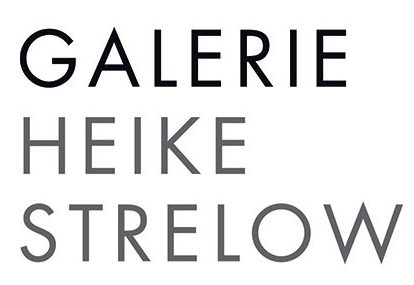LESS MATTER MORE WAVES
NADJA ADELMANN | ALYONA VOLKOVA
8 September 2023 – 28 October 2023
A reduced visual language with simultaneous concentration on the essentials of their artistic concern, combined with a high degree of sensuality, connects the works of
Nadja Adelmann (*1987) and Alyona Volkova (*1994), who studied together in a class at the Städelschule in Frankfurt.
In both installation and painting, they create works of art that captivate the viewer not only in terms of content, but also through surprising details that are pointed in meaning or elaborated in a visually meticulous manner, allowing a contemplative approach. It becomes clear that although Alyona Volkova’s paintings and sculptures are committed to a representational language and the artistic handwriting remains visible through the painterly process, they are linked to Nadja Adelmann’s abstract sculptures made of industrially manufactured materials by a minimalist artistic attitude. This is also underlined by the fact that both have shifted the central meaning of their works to the reception by the viewer.
Both artists transform the waves of their feelings and thoughts into matter which allows a contemplative approach to resonate with people and create waves in them in turn. Conceptually, Nadja Adelmann works from the outside in. She observes the society around her using theories of perception, sociology, quantum physics and linguistics, then processes it through her own lenses and filters. Alyona Volkova, on the other hand, explores the ontology of that what lies within the visible matter – the inner world, while simultaneously engaging with philosophical concepts of consciousness and inner peace found in Western and Eastern philosophies.
As a further unifying element, the motif of time runs like a thread through the works of both artists. While Alyona Volkova wants to capture the moment of timelessness in her paintings and sculptures, Nadja Adelmann often uses the infinite repetition of movement in her sculptures to create this feeling of detachment from time itself and thus enable the viewer to immerse himself in the work. The moment of timelessness, however, is not a static state for either of them. On the contrary – in the sense of the Heraclitean Panta Rhei, the works of both artists are also in a constant state of flux through interaction with the viewer.

